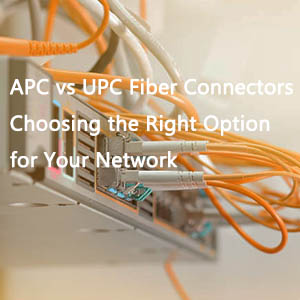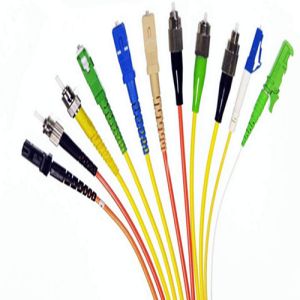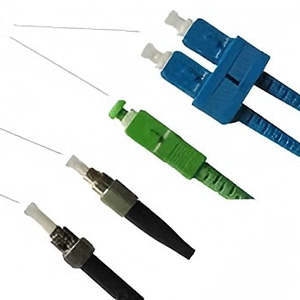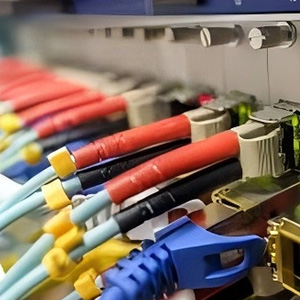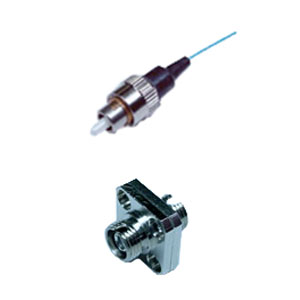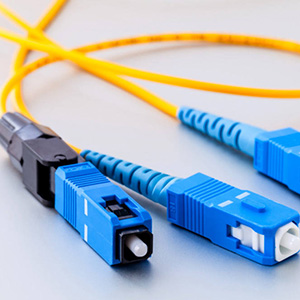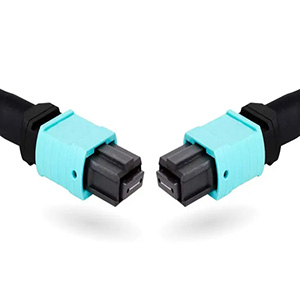Navigating the world of fiber-optic networks can be as complex as it is fascinating. The diversity of connectors, such as the LC and SC types, each with unique design nuances and performance metrics, plays a pivotal role in network infrastructure. In this comprehensive guide, we’ll explore the distinctive features and applications of various fiber optic connectors, shedding light on the factors that set them apart.
LC Connectors: The Compact Choice
- The LC Connector, shrouded in mystery regarding its nomenclature, has earned its reputation as a popular choice in the fiber-optic realm. Whether it stands for Lucent Connector, Little Connector, or Local Connector, one thing is clear: its compact form-factor and user-friendly snap coupling latch make it an ideal fit for high-density network environments.
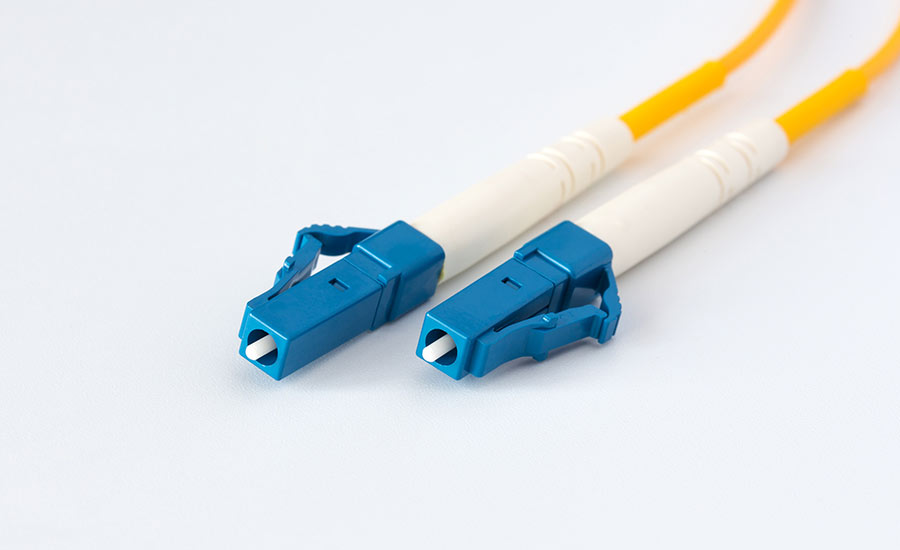
Key Features of the LC Connectors:
- Ferrule size and material: 1.5 mm, ceramic
- Interface standard: IEC 61754-13
- Mating cycles: 500
- The LC Connector’s affordability and ease of use make it a top contender for data center deployments.
SC Connectors: The Time-Tested Standard
- The SC Fiber Connector, a veteran in the fiber-optic industry, was developed in the 1980s and remains a stalwart in networks requiring reliability and precision. With a design similar to the LC, but with a larger ferrule size, the SC Connector is a mainstay in GPON and EPON networks.
Key Features of the SC Connectors:
- Ferrule size and material: 2.5 mm, ceramic
- Interface standard: IEC 61754-4
- Mating cycles: 1000
- The SC Connector’s enduring reliability and simplicity keep it in the running as a widely used connector.
FC Connectors: The Secure and Rigid Option
- The FC Fiber Connector, with its stainless-steel screw-type coupling, offers a secure and rigid connection, making it suitable for high-vibration environments. Despite its higher cost and bulkiness, the FC Connector’s robust design ensures a steadfast connection.
Key Features of the FC Connectors:
- Ferrule size and material: 2.5 mm, ceramic
- Interface standard: IEC 61754-13
- Mating cycles: 500
- The FC Connector’s design, while not as compact as modern variants, delivers reliability and rigidity in demanding scenarios.
ST Connectors: The Easy-to-Use Classic
- The ST or Straight Tip Connector, developed to rival the FC Connector, features a spring-loaded twist-locking bayonet coupling for quick and easy connections. Its user-friendly design once made it a common sight in bustling network environments.
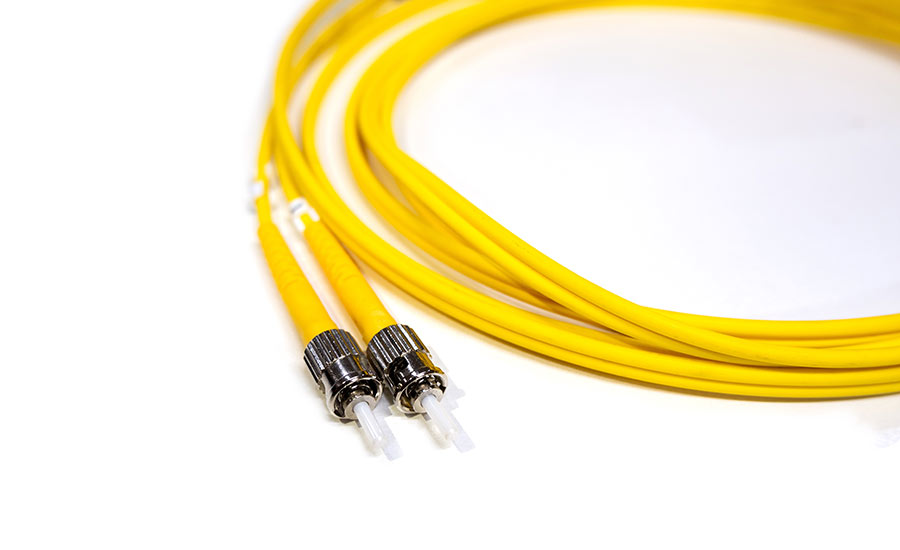
Key Features of the ST Connectors:
- Ferrule size and material: 2.5 mm, ceramic
- Interface standard: IEC 61754-2
- Mating cycles: 500
- The ST Connector, though less common today due to cost and complexity, offers a simple and efficient connection method.
MTP Connectors: The Versatile Multi-Fiber Solution
- The MTP Connector stands out with its molded plastic port and capability to accommodate up to 24 strands of fiber. Predominantly found in data centers, the MTP Connector is gaining traction in consumer solutions for its cost-effectiveness and adaptability.
Key Features of the MTP Connectors:
- Ferrule size and material: 2.5×6.4 mm, molded plastic
- Interface standard: IEC-61754-7
- Mating cycles: 1000
- The MTP Connector’s bulkiness is offset by its low cost and potential as a signal splitter.
E2000 Connectors: The High-End Performer
- The E2000 Connector, developed by Diamond SA, sets a high bar with its innovative features, such as a spring-loaded shutter, Active Core Alignment process, and a unibody ferrule made of advanced composite materials. Its exceptional performance comes at a premium price.
CS Connectors: The Next-Gen Connectivity
- Introduced by Senco Corporation, the CS Connector is designed for next-generation connectivity solutions like edge computing and the Internet of Things. As a duplex connector with a high-density design, it’s poised to support 400 Gigabit Ethernet connectivity.
Conclusion:
- The choice of fiber-optic connectors is as crucial as it is varied. From the compact LC to the time-tested SC, and from the secure FC to the innovative E2000, each connector type brings its own set of advantages to the table. As fiber-optic communication continues to evolve, these connectors will play a critical role in shaping the future of network connectivity.
About Fiber-Life
At Fiber-Life.our experts are well-versed in the latest fiber optic technology, offering repair services for a wide array of fiber optic networks. Trust us to handle your fiber optic cable needs with the expertise and care they deserve.


